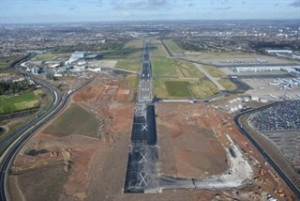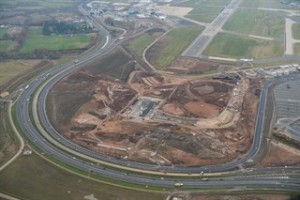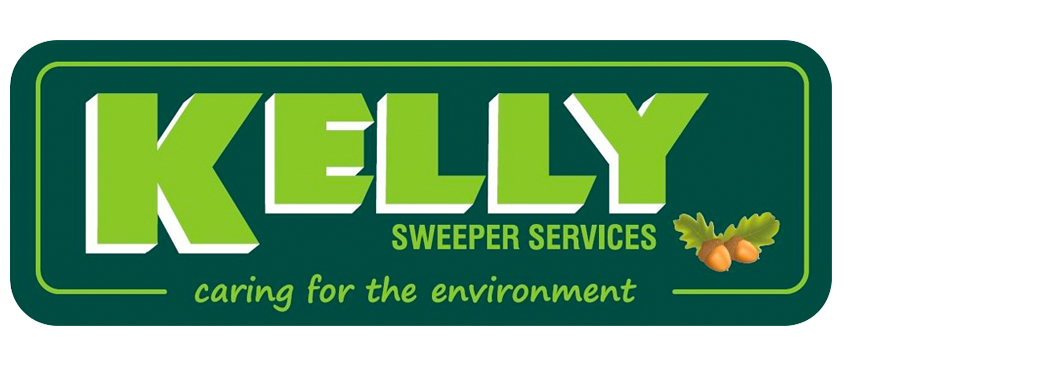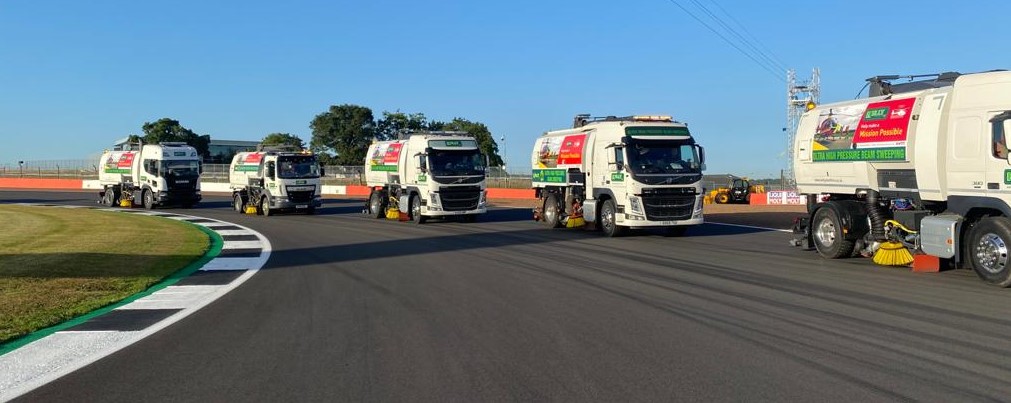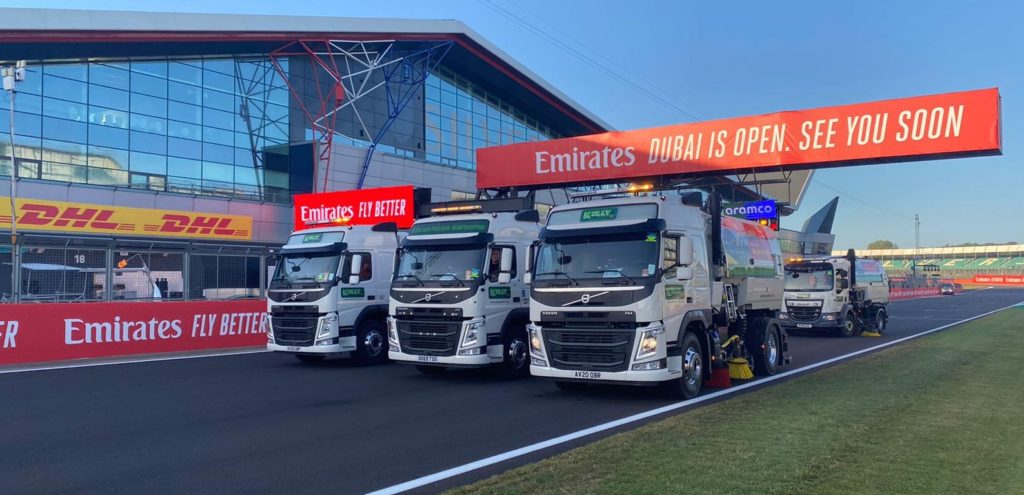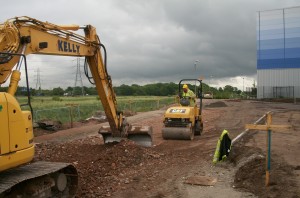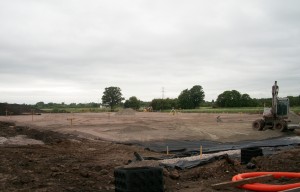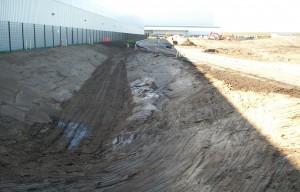Main Contractor – Joint Venture Volka Colas
Birmingham Airport is one of the UK’s busiest airports, handling over 9 million passengers a year. The airport offers both domestic flights within the UK and international flights to Europe, North America and the Middle East.
In 2012, a Colas joint venture began works to extend the airport’s runway. Colas’ airports team extended the runway pavement by 450m, including 405m of operational runway.
As a prelude to the airport runway project, one of the most significant economic developments ever undertaken in the Birmingham area, Colas created a 2km section of dual carriageway to divert the A45. The A45 is the airport’s main access road which is located south of the runway, outside of the airport boundary. The diversion of the A45 created the space needed to extend the runway. Operations on the 4 lane carriageway were launched in August 2012 and were completed in the autumn of 2013. This included major earthworks, the diversion of water courses, building demolition and resurfacing works. In addition, the Colas carried out landscaping and installed street lighting, safety barriers and a surface water drainage system. A new perimeter road and a Centro road were also constructed.
The A45 works and the runway extension project were run as one construction contract to generate savings that made both projects more cost efficient. For example, the road construction generated surplus material which was used to develop the airfield and the airfield site. Colas dug out 300,000m3 of clay from the road, of which 60,000m3 was used as structural fill for the runway. The clay was also used as bunds on the site. In addition to the costs savings, as the road diversion created the land for the runway extension, undertaking the work simultaneously was key.
The early stages of the airside works involved the provision of drainage and a culvert beneath the planned runway extension. Construction of the airside culvert required four deliveries of metal to allow the first 250m to be constructed. Built to facilitate the drainage of excess water, the culvert was situated across the airfield and underneath the new runway extension where it connects to an existing watercourse.
In the summer of 2013, with the works to divert the A45 nearing completion and traffic now using the new carriageway, Colas began operations to extend the runway. The extension was constructed from concrete and consisted of a keel section on the runway, the main area of trafficking being central to the runway. The whole runway was then resurfaced with Marshall Asphalt.
The runway extension and resurfacing works began in November 2013 which saw Colas’ airports team work during restricted night time closures where all flights were halted. It was essential that the runway was handed back over to the client at the end of each shift so that normal flying operations could commence.
Kelly Plant Hire’s involvement was working closely with Volkerfitzpatrick and Birmingham Airport to achieve the highest standards with our sweepers, needed to re-open the main runway for active use each morning
.